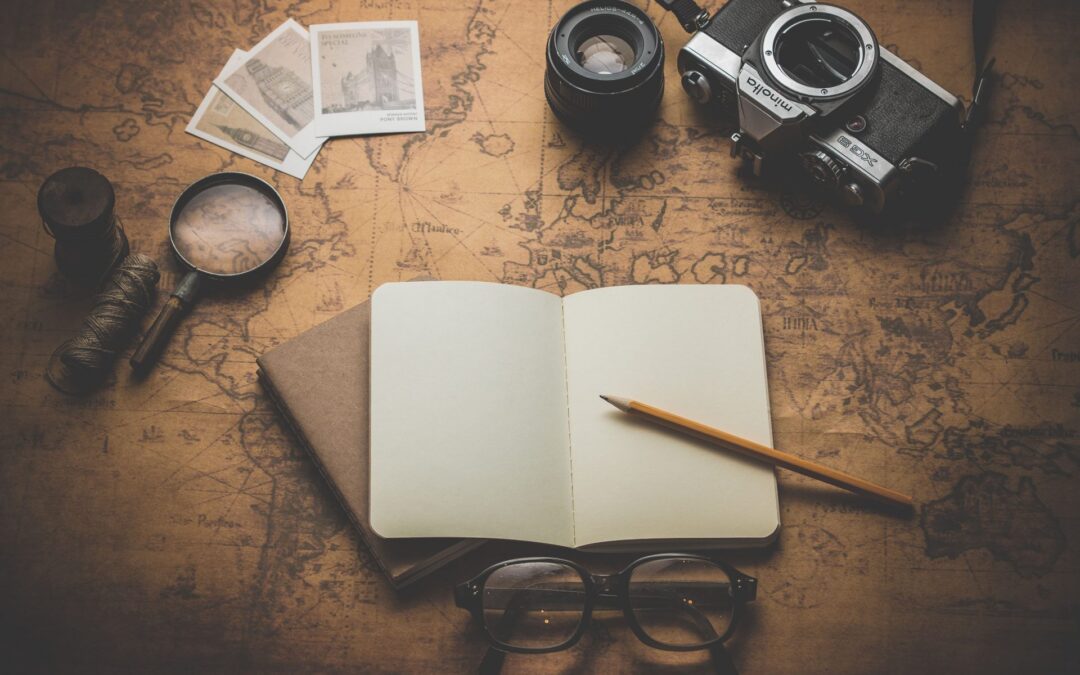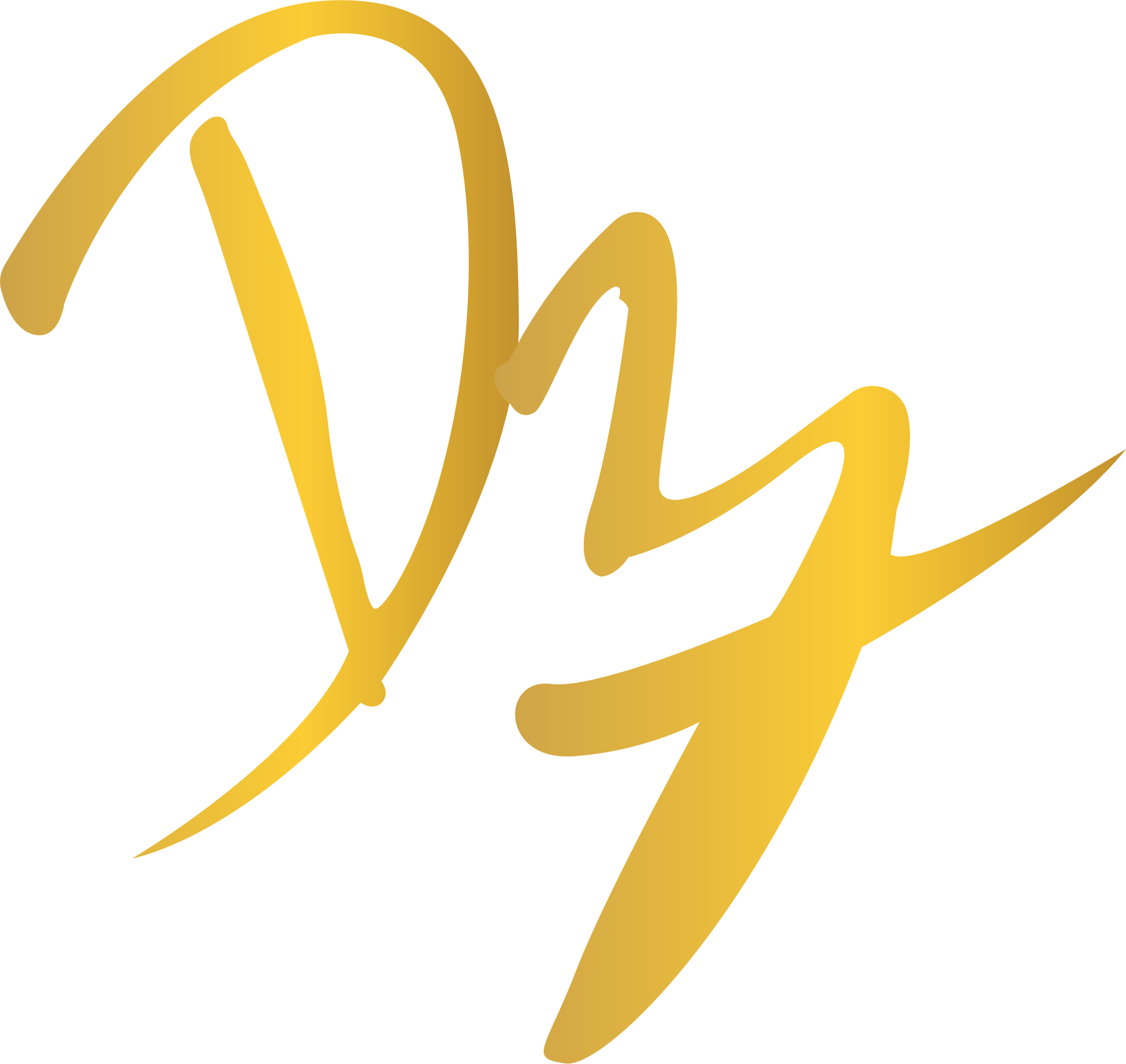
How to Get Answers from Your Subconscious Mind
If you want to know how to get answers from your subconscious mind, the short answer is that you have to make time for it. In this hustle-bustle era, “slowing down” seems counterintuitive to solving challenges, but it’s often the road to intuition and breakthroughs.
Our impulse is to use logical and systematic thinking to get the desired outcome. We rely on active problem-solving to reclaim work life balance, but logic only carries us so far. We want clarity on a particular issue or to reach a decision, so we attack the problem with our rational mind, like sending Hercules to battle the Hydra.
When we’re feeling stuck, we’re not letting the subconscious mind work out our problems. This article will cover how to use your subconscious mind to have better ideas, become more intuitive, and day design a schedule aligned with your goals.
It’s All About Connections: How to Get Answers from Your Subconscious Mind
Our subconscious mind endlessly strings together information that is useful for us. Instead of directing our logic with an iron fist, we can step aside and give our brain room to tap into new connections.
Breakthrough thoughts happen when least expected—when we’re relaxed and letting our minds roam free. Just like when pro-athletes rest their bodies after intense training, we have to make time to rest our logic.
Giving our subconscious mind room to make associations is what unlocks insight, breakthroughs, and epiphanies. By designing a schedule with time built in for mental roaming, we’ll be more creative and better at coming up with ideas for our most pressing challenges.
Do you want to improve your personal producitivty? Take the Day Design free course.
How to Use Subconscious Mind to Solve Problems
When we’re not performing well in one area, like Work, we tend to double-down and force a solution from our rational mind. Most people have felt that “stuck” feeling when we can’t work out our dilemma. We have to figure this out, we tell ourselves.
Conversely, when we make time for this subconscious mind, we leave room for the open-ended and get different kinds of questions answered.
We become open to possibilities that hold the key to our dilemma.
Related Video: Relationship With Time
If we’re frequently hitting walls in one area, it’s a sign that we need to shift our focus to another category like Health or Relationships. We cannot always reason out the answers to our challenges using logic. Many times, we need to let our brains rest with the unknown.
We need to learn how to use the subconscious mind to solve problems. We do this by shutting off our active problem-solving and letting our minds roam. Start with a 30 minute timed interval. Journal or read to give the subconscious space to associate new ideas. Does this a few times a week.
Designing Pragmatic Schedules With 360 Productivity
Our habit is to throw hail marys hoping that it will work out. We want to create predictable results. It’s not luck or faith that produces results—it’s following a process.
When we become process-driven, we tap into 360 Productivity, bringing us closer to results that matter deeply. In 360 productivity, we pay attention to the whole picture: health, work, relationships, community, and spirituality. We integrate all of our goals, not compartmentalize them.
Related Video: Process-Driven People Get Predictable Results
We also need to build in time for our subconscious mind to do its thing, just like we’d schedule a date, a meeting, or a haircut. Throw time on the books for mental roaming and stick to it.
Applying Timed Intervals to Other Goals
We apply the same timed interval concepts to each area of 360 Productivity. (Download the free chapter on timed intervals from my book, Get Anything Done)
Did we do the interval for Work this week? Yes or no? Did we do the interval for Relationships? Yes, or no. Did we complete the interval for Health? Yes, or no. Keep going. Spiritual—did we complete the interval? Yes, or no. And Community, yes or no?
Organizing your goals becomes a matter of completing a chain of intervals instead of knocking down Goliath. It’s as simple as 15 or 30 minutes for each.
We’re converting productivity into electrical charges that are positive or negative. We have data to improve and can become more scientific about our growth. It’s no longer a big FAILURE or SUCCESS attached to our results. It’s a small action completed for a precise amount of time.
We need to narrow our focus by shining light on what matters. In a few hours, we can hit all of these areas of productivity. We can do more than we think, and it doesn’t have to take as much time as we believe.
Developing a Frequency Around Your Goals
Now that we’re tapping into 360 Productivity, we can view the results of our experiments for what they are—information. What’s next? What we do with that information is critical to our following actions.
Select a weekly interval and frequency for the remaining goal channels. Remember, the frequency doesn’t have to be every day. Think of the entire week: once, twice, three times, or daily. The point is carving out time for activities that reinforce our goal channels.
Related read: How to Unlock Effective Time Management That Makes You Happy
If we look at our actions, we think that being productive means paying attention to the most urgent areas like Work. We don’t make as much time for goal channels we know are necessary but are not urgent. We say we’ll make time after we handle this situation or project.
Let’s take Spiritual as an example. It can cover many areas: mediation, journaling, reading, which are activities that allow the subconscious mind to mull over the events of the day. When we go back to the area that may be causing us significant challenges, we will have insight that we didn’t have before.
Schedule Subconscious Problem Solving
We feel fantastic about decisions, and we congratulate ourselves for making the right call. But what led us there? Was it one decision that we made—we pulled the trigger and were off—or was it a chain of events influenced by associations?
Our goal channels are interconnected—when we are productive in one area, it influences the others. We think that our decisions are a matter of choice, but our subconscious mind draws associations to create new answers or solutions to our problems. Letting our subconscious mind roam creates space for intuition.
Build time in your schedule for activities that activate your subconscious. The solution to that big problem at work could be one morning walk or journaling sessions away. Explore the unknown and let your subconscious work through connecting new ideas.


